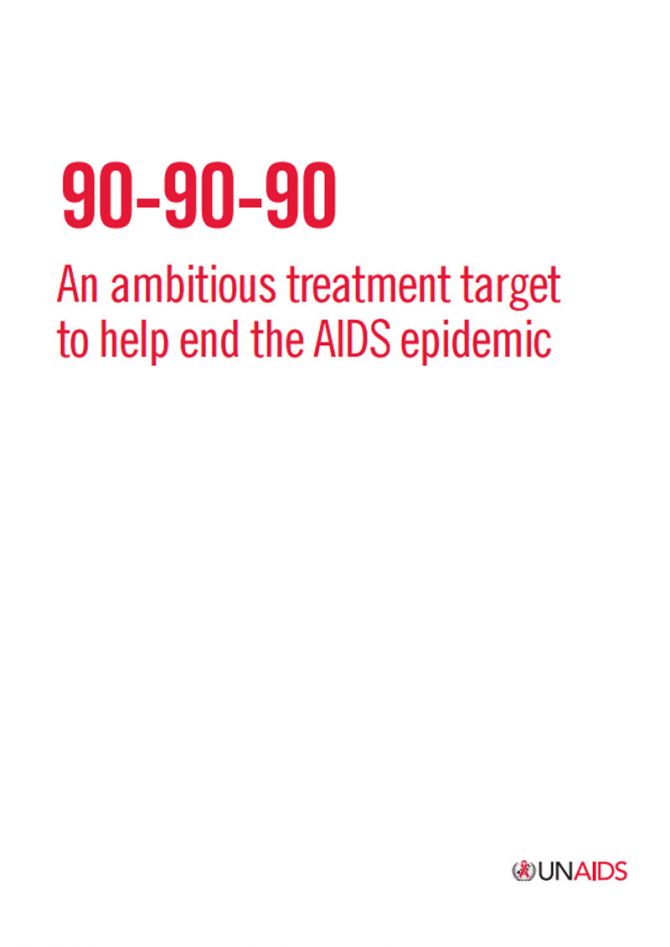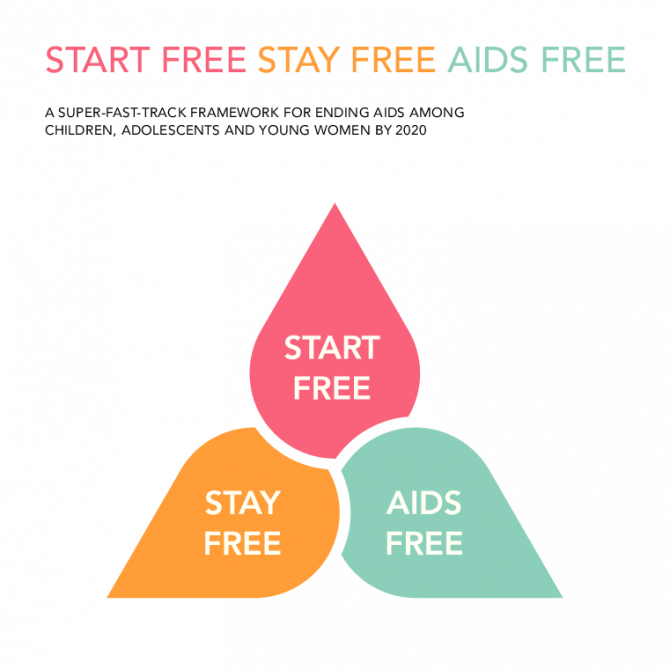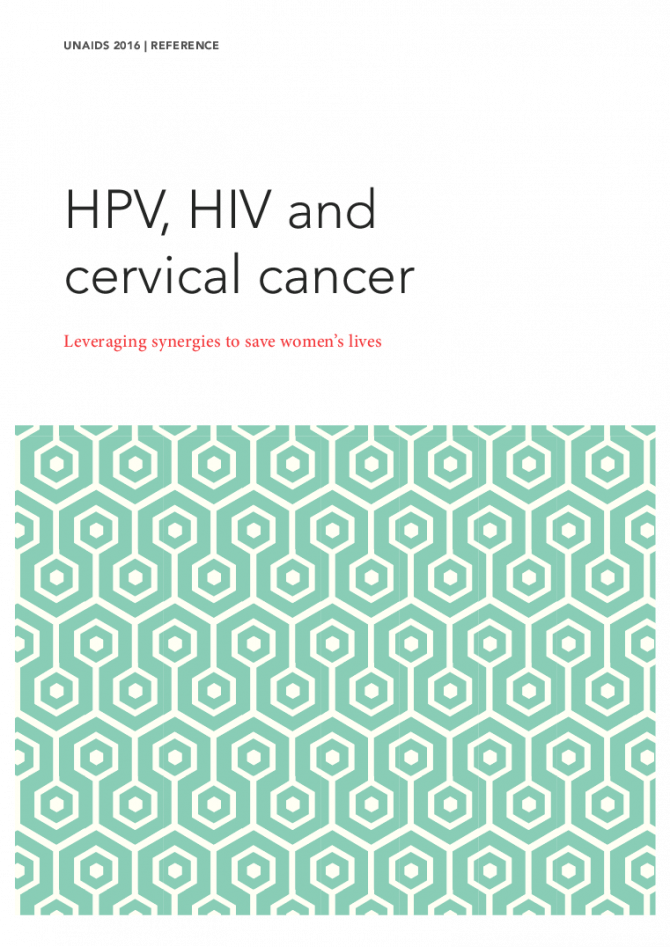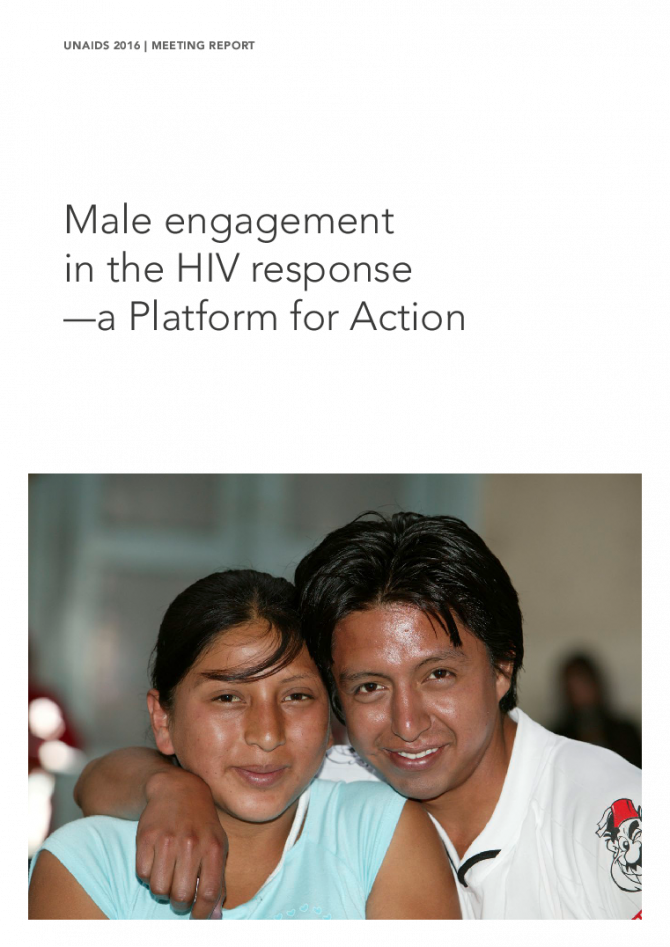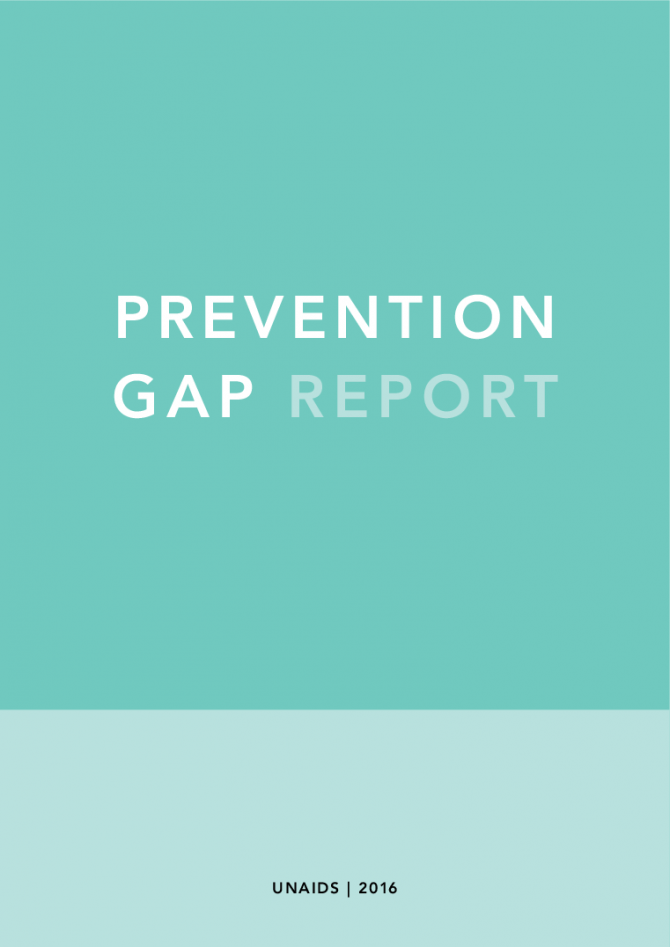Documents
90–90–90 - An ambitious treatment target to help end the AIDS epidemic
01 January 2017
Documents
Start Free, Stay Free, AIDS Free — A super-fast-track framework for ending AIDS among children, adolescents and young women by 2020
26 September 2016
Start Free, Stay Free, AIDS Free aims to galvanize global momentum around a shared and ambitious agenda to build on the progress achieved under the Global Plan towards the elimination of new HIV infections among children by 2015 and keeping their mothers alive. The Global Plan resulted in remarkable progress, reducing new HIV infections among children by 60% in 21 of the most affected countries in sub-Saharan Africa. Yet the job is far from done. In 2015, 150 000 [110 000–190 000] children became newly infected with HIV globally, 110 000 [78 000–150 000] of whom lived in the 21 Global Plan priority countries.
Documents
Social protection: advancing the response to HIV
01 June 2015
The 10 case studies presented in this document clearly demonstrate that social protection works for HIV prevention, treatment, care and support. In particular, they show how social protection benefits the AIDS response through increased access to HIV services for all people including the most marginalized and excluded in society.* The studies also demonstrate that carefully constructed and well-managed social protection programmes have the power to support people who are hardest to reach.
Documents
HPV, HIV and cervical cancer: leveraging synergies to save women’s lives
20 July 2016
This report presents recent scientific evidence about the links between HIV, HPV and cervical cancer, and it supplies relevant epidemiological, screening, vaccination and innovation data. Ultimately, its goal is to (a) promote synergies between HIV and cervical cancer prevention programmes, (b) make the case for integrating cervical cancer prevention into existing HIV treatment and prevention programmes, (c) explain the opportunities for women’s health that exist in coordinating HIV and cervical cancer prevention, and (d) advance prevention and treatment literacy among affected populations.
Documents
AIDS by the numbers — AIDS is not over, but it can be
21 November 2016
Huge progress has been made since 2000 and millions of lives have been saved. But there are still important milestones to reach, barriers to break and frontiers to cross. The world has agreed to meet a set of global targets by 2020 as part of UNAIDS Fast-Track strategy to end the AIDS epidemic as a public health threat.
Documents
Prevention gap report
11 July 2016
Efforts to reach fewer than 500 000 new HIV infections by 2020 are off track. This simple conclusion sits atop a complex and diverse global tapestry. Data from 146 countries show that some have achieved declines in new HIV infections among adults of 50% or more over the last 10 years, while many others have not made measurable progress, and yet others have experienced worrying increases in new HIV infections. More on the Prevention Gap report | Slides are also available for download | Download summary

